Persimmon Pests and Diseases: How to Identify and Treat Them
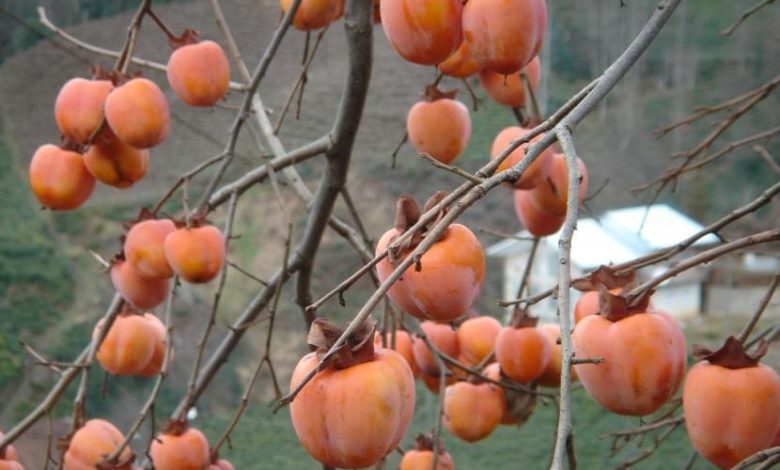
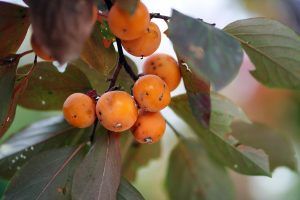 With the delicious fruits that it produces and the ornamental detail that it also offers, the persimmon is a spectacular tree that has gained more and more followers.
With the delicious fruits that it produces and the ornamental detail that it also offers, the persimmon is a spectacular tree that has gained more and more followers.
Although it comes from Asia, it has managed to adapt very well to the European climate, so enjoying its benefits in our lands is increasingly possible.
The detail? Keep it healthy and free from all kinds of pests and diseases that are capable of attacking even in the post-harvest period.
To deal with it, the first thing is that you are very well informed about the ones that exist, the damage they cause and the treatments and we will tell you about that here today.
Flies
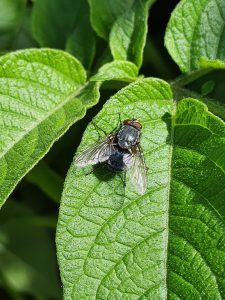 Persimmon trees are especially attractive to different types of flies, with the fruit fly causing the most damage.
Persimmon trees are especially attractive to different types of flies, with the fruit fly causing the most damage.
In their adult phase, they do not cause much damage to the crop, since they peck fruits in low quantities, but in the larval stage they are very harmful.
The process is as follows: the adult fly lays its eggs on the fruits at the moment they begin their transition to maturity.
In this way, when hatching, the small newly hatched larvae consume the sweet pulp of the fruit, damaging their quality.
If the consumption of pulp is constant, the rest will end up rotting and falling from the plant. Either way, they lose commercial value even if they’re not that damaged.
The treatment will correspond to the control of the adults who will be the ones who will be visible. There are specially designed traps for this. You can find these for sale in a specialized store or you can also make them at home with a bottle and yellow paint to attract flies.
alternate
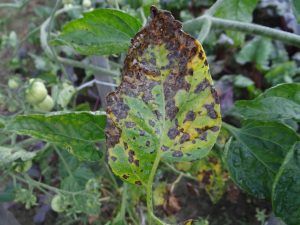 Alternaria is produced by fungi that have affected the plant before the harvest of the fruits.
Alternaria is produced by fungi that have affected the plant before the harvest of the fruits.
If these are not kept in the proper storage conditions but are subjected to high humidity, the fungus can cause severe damage.
They manifest themselves on the plant with black spots on the leaves that weaken them.Later, it enters the fruits through small wounds that are generated in the structure during the growth cycle.
Preventive actions are the most recommended in these cases because fighting it after cultivation is very complex. With fungicide applications and the control of environmental conditions, as well as the correct establishment of cultivation measures, the problem can be avoided.
birds
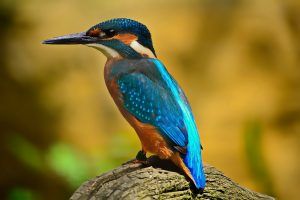 Birds become a headache for sweet-fleshed fruit trees like persimmons.
Birds become a headache for sweet-fleshed fruit trees like persimmons.
They have a preference for tender shoots and fruits when they are still small, preventing development and reducing the chances of a good harvest.
It is not well seen to attack the birds with deadly weapons, so it is more advisable to install traps or protections on the trees.
One of these strategies is the use of scarecrows in the areas near the tree, so that they feel intimidated from approaching.
botrytis
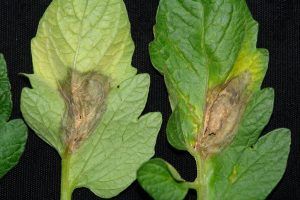
It is a very harmful disease for persimmons that not only affects the leaves but can also cause considerable damage to the fruits, even when stored.
It tends to appear with very high humidity conditions and little aeration, aspects that are possible to control thanks to pruning and suppressing irrigation in the foliage.
Symptoms are shown on leaves where brown spots begin to form.What happens in the fruits is that they begin to turn pale and lose their skin, so the exposure of the pulp causes them to oxidize.
The worst thing is that a contaminated fruit can affect the rest that is within its reach, further amplifying the problem. And this is maximized when the space where the persimmons are stored has a temperature of around 0º C.
To eliminate the problem, it is necessary to proceed with pruning according to the damage to the plant, removing those that are visibly affected.
It will also be necessary to apply a fungicide to help control the problem. This step can be used as a preventative strategy.
San Jose louse
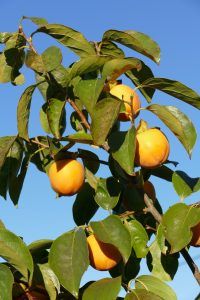 It is a pest that appears in the form of a parasite whose food source in the persimmon is found in the sap and the fruits.
It is a pest that appears in the form of a parasite whose food source in the persimmon is found in the sap and the fruits.
In this way, they adhere to the leaves, covering themselves with a kind of armor that helps protect them from the onslaught of the environment.
If the plant bears fruit when the louse arrives, they will undoubtedly take the opportunity to consume the delicious fruit.
The fact is that the consumption of the sap of the plants will cause them to dry up and fall, motivating the defoliation of the trees.
For its part, the fruits show slight damage and this area becomes colorless, detracting from much commercial value.The San José louse in the persimmon tree can be combated with ecological insecticides such as neem oil, since it is effective and is not harmful when consuming the fruits.
Persimmon Sesia
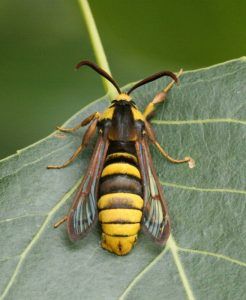 We could not ignore this pest that causes so much damage to persimmon trees and that is why they have become a real headache.
We could not ignore this pest that causes so much damage to persimmon trees and that is why they have become a real headache.
It is a moth that consumes the inside of the stems, allowing them to look more or less normal from the outside, but inside they are destroyed.
When it is detected, it is essential to act as soon as possible, cutting the areas that have been affected using disinfected tools for it.
Afterwards, you will have to seal the wound with healing paste to help it recover as quickly as possible and reduce risks with other agents. Remember that these attacks weaken the plant and that makes it easier for other pests and diseases to affect it.
Having a healthy persimmon tree that gives a dream production is very possible, you just have to ensure good work measures to avoid problems. And if they still affect you, you will have no choice but to take advantage of the available treatments to deal with them.
Bibliographic references
- Persimmon cultivation, R Perucho, E Giordani, E Picardi, S Radice… – 2015 – redivia.gva.es
- Design and management of the persimmon plantation, J Malagón – 2015 – redivia.gva.es
- Persimmon cultivation in the Ribera del Xúquer, D Orobal, A Vicent, V Insa-Olcina – Phytoma Spain, 2012 – redivia.gva.es
- Thrips and cottony mealybugs, emerging pests in persimmon cultivation, J Malagón, JC Monzó – Phytoma Spain: The professional magazine of…, 2014 – redivia.gva.es
- Phytophagous pests and potential pests of persimmon cultivation in the Valencian Community, O García-Martínez, FJ Beitia … – Agrícola vergel …, 2017 – redivia.gva.es
- Pomegranate, fig tree and persimmon, P Melgarejo, JJ Martínez, P Legua … – Influence of change …, 2018 – redivia.gva.es
Maybe you are also interested in:

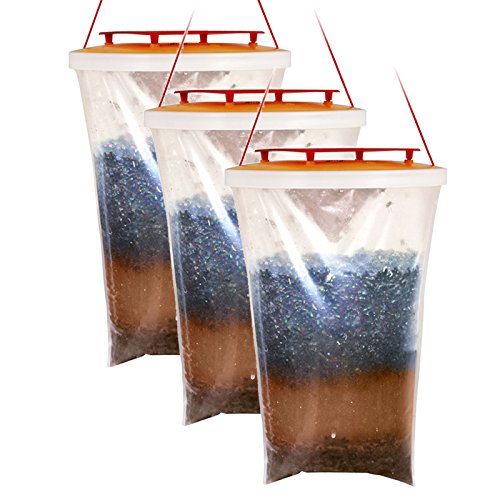
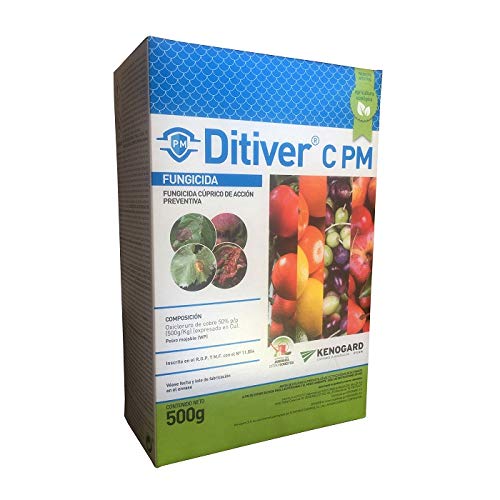
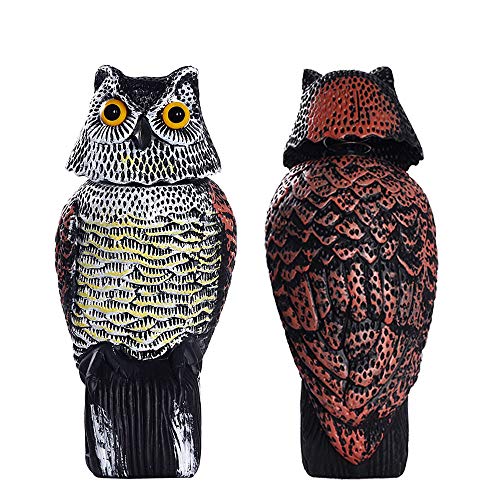
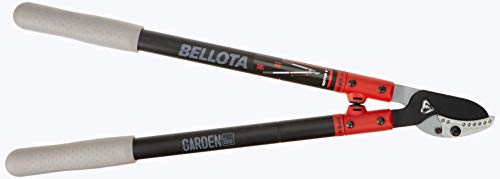
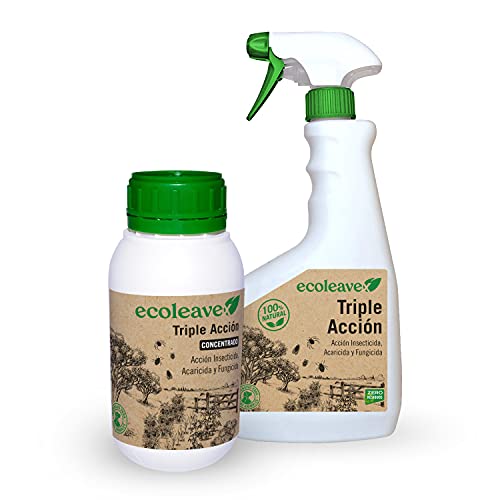
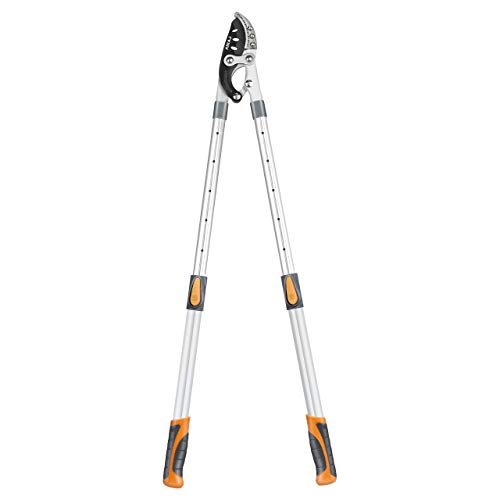

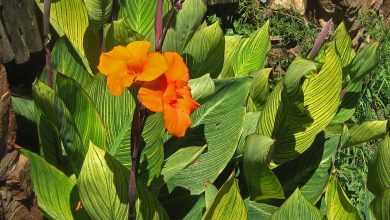
![Photo of Preserving Onions: [Conditions, Time and Method]](https://www.complete-gardening.com/wp-content/uploads/2022/08/preserving-onions-conditions-time-and-method-390x220.jpg)
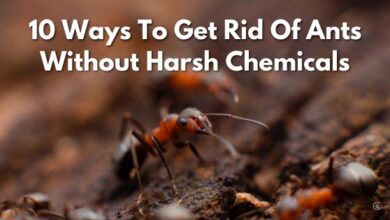
![Photo of Prune Dipladenias: [Importance, Time, Tools, Considerations and Steps]](https://www.complete-gardening.com/wp-content/uploads/2021/06/Podar-Dipladenias-390x220.jpg)